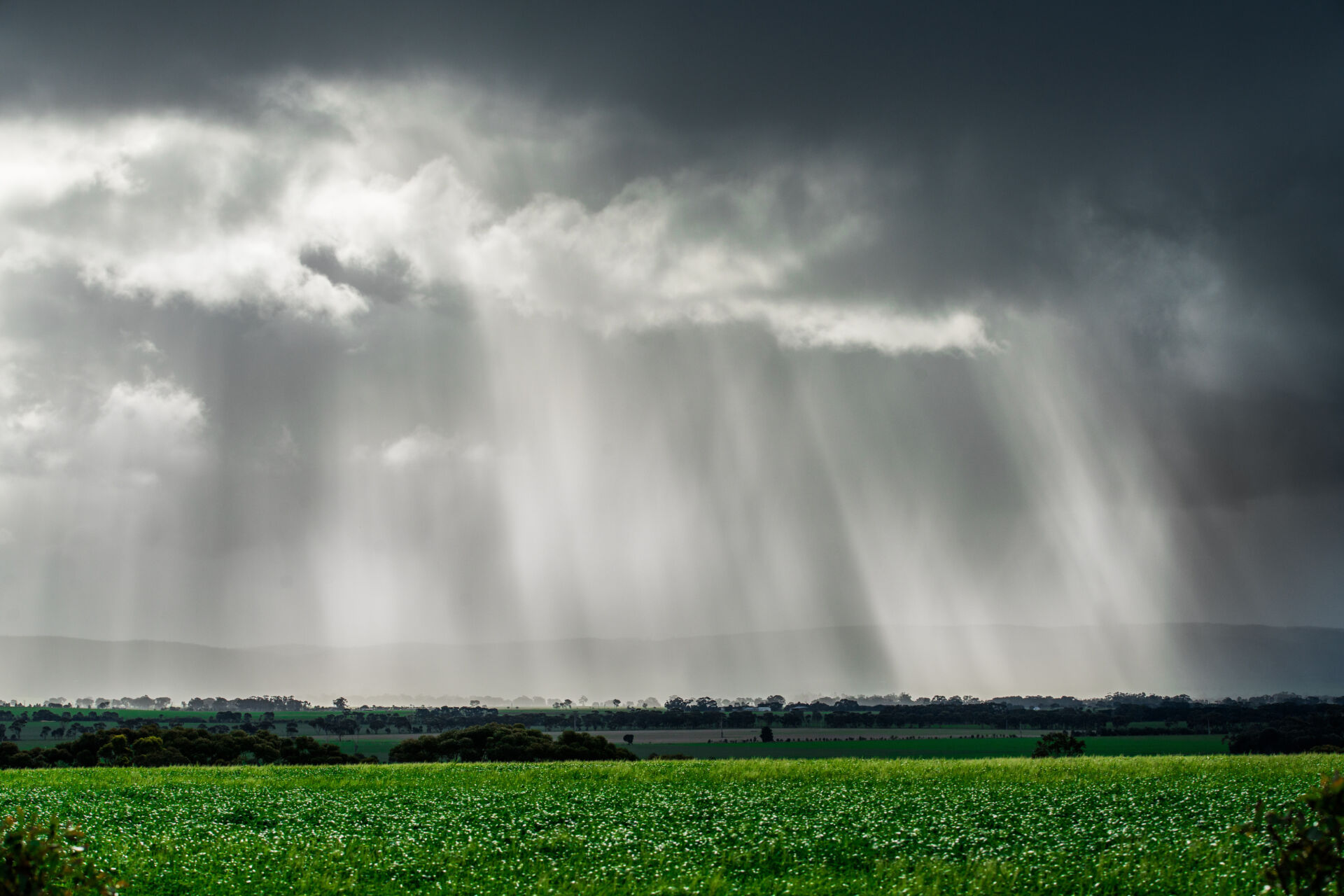Metric:
Plant water use
Type
Units
Example target
Example methods / guidance / references
What are tiers?
Tier 1
Estimate using own judgement and observations
For example, estimate by multiplying relevant production metrics by default green water factors. Default green water factors for a variety of crops and animal products can be found in Mekonnen, M.M. & Hoekstra, A.Y. (2010) Value of Water Report: 47. The green, blue and grey water footprint of farm crops and derived crop products and Mekonnen, M.M. & Hoekstra, A.Y. (2010) Value of Water Report: 48. The green, blue and grey water footprint of farm animals and animal products.
Tier 2
Estimate using third-party professional estimates or public data
For example, estimate from modelled or measured water inflows (precipitation) minus water outflows (run-off at field level), assuming all evapotranspiration is production-related.
Tier 3
Model or measure based on site-specific surveys/sampling, remote or in-field sensing, laboratory analysis, etc.
For example, model using a crop- or ecosystem-specific plant water use model with site-specific remote and/or in-field sensing inputs.
Example data sources
Internal records
Third-party data sources
Maps of precipitation, modelled runoff and modelled plant evapotranspiration estimates for Australian river regions are available at the Bureau of Meteorology – Australian Water Outlook.
Site-specific measurements or model outputs
Data on precipitation, modelled runoff and modelled plant evapotranspiration estimates for Australian river regions are available at the Bureau of Meteorology – Australian Water Outlook.
Notes
Plant water use or evapotranspiration is effectively the ‘green’ water footprint for a given geographical area, if it is assumed that all plant water use is production-related (see waterfootprint.org). Otherwise, non-production related evapotranspiration should be deducted from total plant water use to derive the green water footprint.
Last updated: 2nd October 2024

